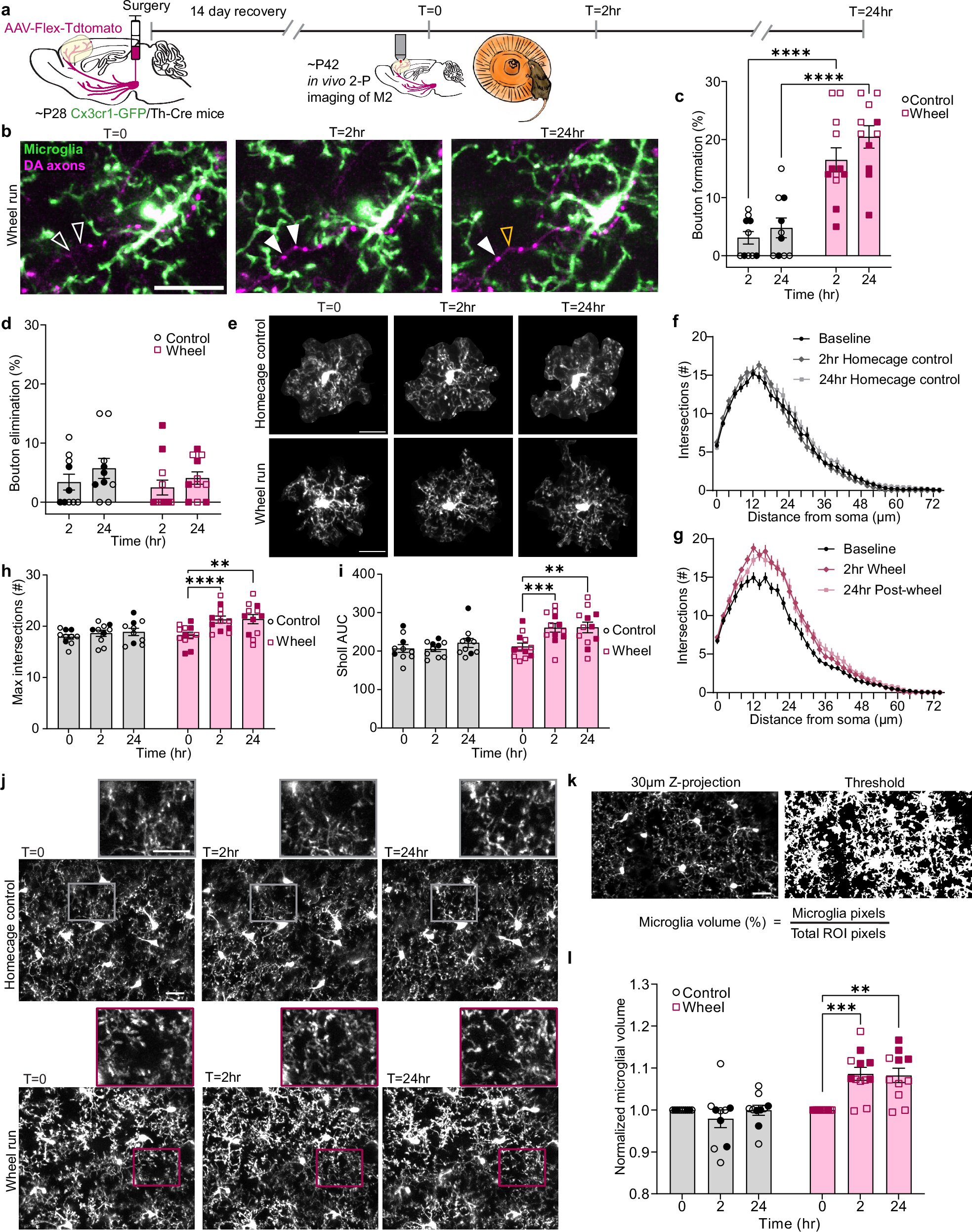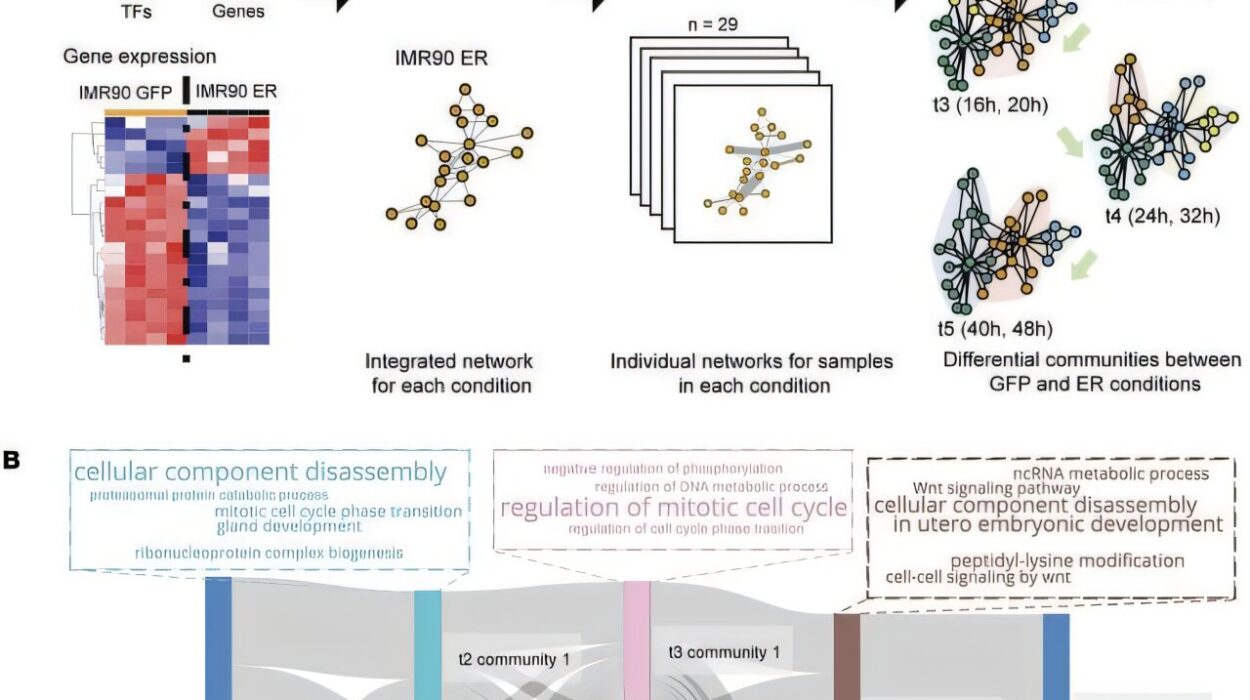Imagine blending a smoothie, planning your evening walk, or comforting a loved one. These seemingly ordinary acts rely on a remarkable set of abilities called executive functions. Located in the brain’s frontal cortex, executive functions help us make decisions, control impulses, and navigate complex social interactions. This region is sometimes called the brain’s “CEO” because it manages planning, organization, empathy, and self-control.
During adolescence, the frontal cortex undergoes extraordinary changes. Neural circuits are strengthened, connections are refined, and the architecture of thought itself is remodeled. Yet, it is also a period of vulnerability. When these developmental processes go awry, the stage can be set for neurodevelopmental disorders such as schizophrenia, attention-deficit/hyperactivity disorder (ADHD), and other psychiatric conditions that often emerge in young adulthood.
Microglia: More Than the Brain’s Immune Cells
For decades, neuroscientists thought of microglia primarily as defenders of the brain—immune cells that cleared away debris and fought infection. But recent research has revealed a far more nuanced role. Microglia are not just the custodians of neural health; they are active sculptors of the brain’s circuitry.
A groundbreaking study from the Del Monte Institute for Neuroscience at the University of Rochester has shown that microglia are central players in how the adolescent brain adapts during this critical period. By directly influencing connections between neurons, these tiny immune cells may hold the key to understanding—and potentially treating—mental health disorders that first appear during adolescence.
Dopamine, Motivation, and the Adolescent Brain
Much of this research focuses on dopaminergic circuits—networks of neurons that communicate using dopamine, a chemical messenger essential for movement, motivation, and cognition. When you feel rewarded by an activity, such as exercise or learning something new, dopamine is at work. In mice, wheel running is a natural reward that activates dopamine circuits in the frontal cortex, mirroring the way rewarding behaviors in humans strengthen these pathways.
Using cutting-edge tools like optogenetics—a method that uses light to control genetically engineered neurons—researchers observed something striking: when dopamine activity increased, microglia were drawn to the activated circuits. These immune cells physically contacted the axons, the long, cable-like extensions of neurons that transmit signals. Soon after, new boutons—specialized structures that release neurotransmitters to other neurons—began to form.
This discovery suggests that microglia are not passive bystanders but active participants in building stronger, more efficient neural connections. In other words, the brain’s immune system is helping fine-tune how we think, feel, and act during adolescence.
Why Microglial Contact Matters
The order of events was surprising. Microglia made contact with axons before new boutons appeared, suggesting they may help initiate or guide the process of strengthening connections. This finding highlights an intimate dialogue between neurons and immune cells that was previously underappreciated.
Rianne Stowell, Ph.D., lead author of the study, described it as a “compelling connection” between dopamine activity and microglial action. Far from being passive caretakers, microglia appear to sense changes in dopamine and help remodel brain circuits accordingly. This adds a new layer to our understanding of brain plasticity—the ability of neural circuits to change and adapt in response to experience.
Reopening the Window of Plasticity in Adulthood
One of the most intriguing aspects of this research is its implications for the adult brain. Adolescence is known to be a “window of plasticity,” when circuits in the frontal cortex are particularly malleable. By adulthood, this flexibility diminishes, making it harder to repair or reshape neural connections.
But the study offers hope. Researchers found that blocking dopamine D2 receptors in adult mice—using eticlopride, a drug already employed as an antipsychotic—reinstated microglial recruitment to axons. Remarkably, this promoted the formation of new boutons, reopening a level of plasticity thought to be restricted to adolescence.
This raises an exciting possibility: could combining pharmacological therapies with behavioral strategies, such as exercise, help adults re-engage the brain’s natural capacity for change? If so, it could transform the treatment of psychiatric conditions rooted in faulty frontal cortex development.
The Future of Treatment: Microglia as Targets
The implications of this research reach far beyond the laboratory. If microglia are actively shaping the wiring of the adolescent brain, then targeting their behavior may open new therapeutic avenues. Current treatments for disorders like schizophrenia and ADHD often focus on managing symptoms rather than repairing underlying neural circuits. By understanding how microglia influence bouton formation and dopamine-driven plasticity, scientists may develop interventions that correct faulty wiring at its source.
Future studies aim to uncover the molecular details of how microglia interact with neurons. Do they release specific signaling molecules that stimulate bouton growth? Do they physically remodel axons by pruning or reshaping their structure? Single-cell sequencing and pharmacological manipulations may soon reveal the precise mechanisms at play.
Adolescence: A Window of Opportunity and Vulnerability
The findings underscore a profound truth: adolescence is both a time of immense possibility and heightened risk. The frontal cortex, still under construction, is open to both positive influences—like rewarding experiences, exercise, and supportive relationships—and negative disruptions, such as stress, trauma, or substance abuse. Microglia stand at the crossroads of these influences, translating experiences into lasting changes in brain wiring.
Understanding this dynamic offers a powerful lesson for parents, educators, and policymakers: the adolescent brain is not just a smaller version of the adult brain—it is a uniquely sensitive organ in transition. Supporting healthy development during this time could have lifelong benefits for mental health and cognitive function.
Toward a New Era of Brain Science
This research marks a shift in how we think about the immune system and the brain. Rather than existing in separate domains—defense on one side, thought and emotion on the other—they are deeply intertwined. Microglia embody this connection, acting as mediators between experience, chemistry, and neural architecture.
As scientists like Stowell and Wang push forward, they are opening doors to a future where mental health treatments move beyond symptom management toward actual circuit repair. Such advances could redefine our approach to conditions like ADHD, depression, and schizophrenia, offering hope to millions.
Conclusion: The Hidden Architects of the Mind
The brain’s immune cells, once thought to be mere custodians, are now revealed as hidden architects of thought and behavior. By guiding the growth of connections in the adolescent brain, microglia shape who we become. They remind us that the story of mental health is not written in stone but in circuits—circuits that can be strengthened, reshaped, and perhaps even healed.
As our understanding deepens, one truth becomes clear: within the delicate interplay of neurons and microglia lies the power to transform how we think about adolescence, mental health, and the very nature of human resilience.
More information: Rianne Stowell et al, Dopaminergic signaling regulates microglial surveillance and adolescent plasticity in the mouse frontal cortex, Nature Communications (2025). DOI: 10.1038/s41467-025-63314-4






